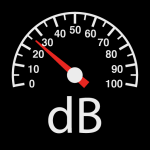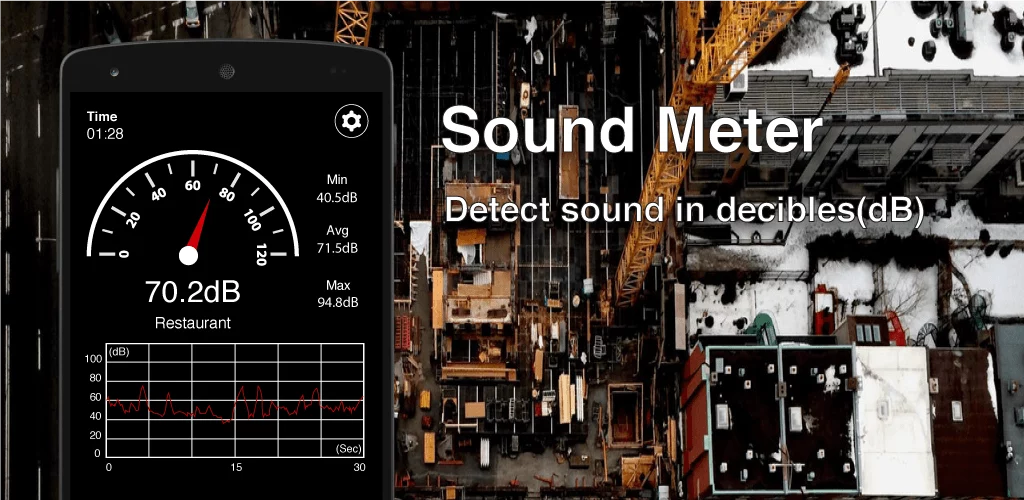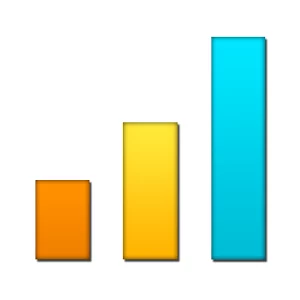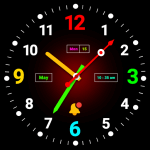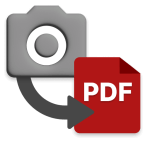Introduction
Sound Meter: SPL & Noise Meter is a completely free app that lets you gauge the noise level in your immediate area. These days, noise pollution is a major issue. Making better decisions for your living space and taking precautions to protect your hearing will be made easier if you are aware of the degree of noise pollution in the area.
With the use of an application called Sound Meter, you may measure sound-related parameters and combine them into various forms of data. The precise figures and accompanying graphs are visible as they change over time. Simultaneously, you have the option to alter the application’s use style for enhanced user-friendliness and access an easily searchable list of sound categories and their associated measured values.
Features
- Assess ambient sound and noise
- Update the chart graph in real time
- During the recording session, display the lowest (Min), maximum (Max), and average (Avg) decibels (dB).
- Show the measurement time
- Include a reset button in case you need to reset the measurement
- There is a play and pause button.
- Sound or noise test (decibel or dB meter)
Evaluating The Robustness Of Their
The program records sound using the microphone on your mobile device, analyzes it, and determines how loud the surrounding area is—especially the area nearest to the microphone. Decibels are used to measure noise intensity (dB).
Warning Of Noise
For a certain amount of time, you’ll be taking sound measurements. The Sound Meter will then compute and show the following noise levels: the lowest, highest, and average levels during the measurement. If the sound index rises over the permissible threshold that the human ear can detect using these indicators, the program will provide warnings.
Capturing The Sound Change
The sound level data collected during the measurement will be shown right on the graph. You can see the sound variance from the start of the measurement to the finish with a picture on the histogram, which will provide you the sound strength for each time period. This aids in determining whether or not the sound level is steady while you are taking measurements.
Info
The program will measure the noise level in your surroundings and then provide you with a reference chart showing the decibel levels of some common noises so you can compare them. The lowest sound, for instance, is breathing (10 dB), followed by the sound of a clock (20 dB), certain mediums, such as the sound of a motorcycle (90 dB), the sound of the subway (100 dB), and some unusual noises, such as shooting up to 140 dB.
Historical Updates
To provide you with the most impartial comparison of situations, Sound Meter keeps track of all the times you measure sound, along with the date, time, and particular noise index information.
Adaptable Customer Service
The application’s settings is also very simple to use. The day-night mode of the program allows it to be used at any time without having to worry about the light hurting your eyes. It is compatible with all devices due to its minimal storage resource requirements.
Essential Notices
You won’t get readings in the program that are quite as accurate as you would with dedicated sound meters. It will be influenced somewhat by the phone’s microphone or how you position the measurement tool,
Easily Measure Sound
One of Sound Meter’s features is its ability to measure sound and promptly provide the user with the findings. When visiting a certain location, users might become aware of many parameters that are always changing. It also turns into a useful tool for you to experiment with sounds and save them in various formats. As a result, the application’s interface fully satisfies user demands.
Store And Display Different Parameters
One noteworthy feature of Sound Meter is its clear presentation of value together with a chart, which is intriguing for consumers. It will be easy for you to see the discernible shift in the values and the corresponding shift in the sound measurement. Simultaneously, the user may see the measures at any moment since they are fully preserved in the history area. Users won’t be able to ignore this useful information, for sure.
Select The Thing You Want
Users will definitely be interested in this application’s UI when they use Sound Meter to take measurements. Depending on the user’s preferences, the program may switch between a bright and dark theme, each with unique attributes. In example, the black hue often draws users’ attention, and using a dark theme might sometimes assist users adjust to low light settings.
The Common Sounds You Hear Everyday
In addition to each measurement that piques the user’s interest, there is a list of audible noises. Known and common sounds will be combined into a list with varying intensity. As a result, you’ll be able to identify which noises are loud and need to be avoided in order to prevent being negatively affected for an extended period of time.
